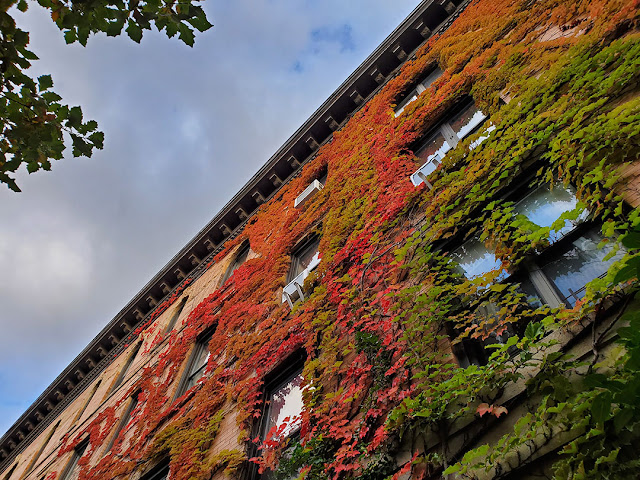There is the glorious scent of passionfruit in our living room. The big, purple-shelled fruits were grown in California by a small, family-owned business called
Rincon Tropics.
In South Africa I grew up calling passionfruit grenadillas. They are a common fruit, there, and not expensive; at least, not compared with the insane passionfruit prices, Stateside. Just yesterday I saw some - since this is their season - at a local supermarket, at $3.59. Each! (In a Cape Town supermarket you'd pay roughly $3 for about 30 fruit.)
In a happy Instagram accident a few weeks ago I discovered Rincon Tropics after learning that they grow grow the South American feijoa (or pineapple guavas - Acca sellowiana, botanically), a fruit I had not tasted since childhood, and then only once, but never forgotten. I decided that because this is my birthday month I am going to buy the things I desire. All month. With zero guilt. (I am not exactly a big-time shopper.) So fruit and books have been streaming in.
Thanks to my enthusiastic online ordering over the last two weeks (first a small box, then a large) I have been eating those fragrant fruits every night, after supper. And then the surprise, gift-box of big, fat, passionfruit arrived at the door. Happiness.
While
passionfruit mousse demands to be made (despite the fact that we never eat dessert....so, dinner for friends?), I have been scooping out the tartly sweet pulp by the spoonful, and also shaking up some good drinks.
Rincón is an interesting word. It is a corner, a nook, a recess, a secluded valley, or - idiomatically - the habit of declining invitations (sounds like me!). Maybe our little terrace is a rincón? It is also the name of several towns in several countries.
Rincón:
3 oz gin
1.5 oz passionfruit juice (from 1 large passionfruit)
0.5 oz feijoa syrup
0.5 oz fresh lime juice
To separate passionfruit seeds from pulp, give the pulp a quick pulse in a food processor, then pour through a strainer. The feijoa syrup is made by covering leftover but very aromatic feijoa skins with an equal weight of sugar in a jar (loose lid, not tight, because it ferments, a little). After about two days a syrup begins to form. When as much as possible has been extracted, bottle, and keep in the fridge.
Shake up all of the above with plenty of ice. Strain, pour, sip.
_____________



























